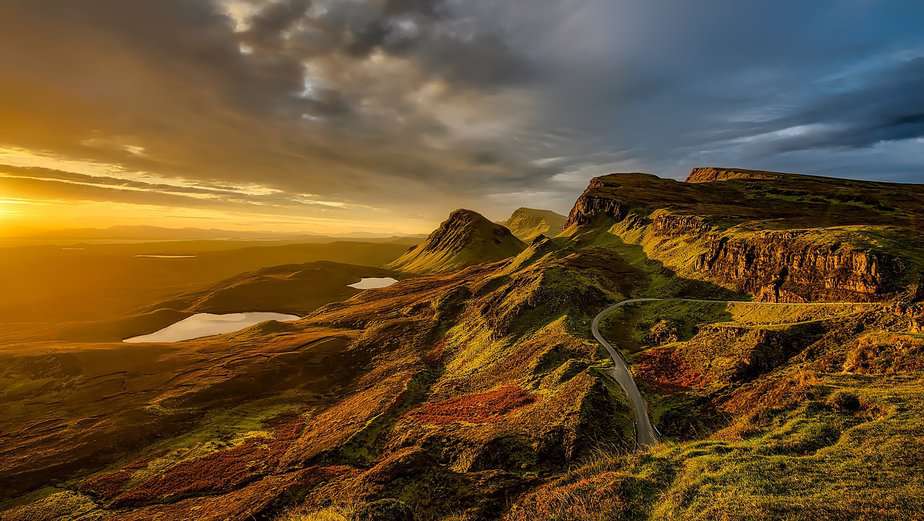
Techniques and Challenges to Deal with Farm Dam Construction on Slopes
In farming communities, the construction of farm dams plays a crucial role in managing water resources, especially in regions with limited access to natural water bodies. However, building a farm dam in rocky terrain presents unique challenges that require innovative techniques and careful planning. Slopes are one of the primary concerns when constructing dams in rocky landscapes, as they can impact the dam’s stability and overall effectiveness. In this blog post, we will explore the techniques and challenges involved in farm dam construction in rocky terrain, with a specific focus on managing slopes.
Site Selection and Geological Survey
The first step in farm dam construction is site selection. When dealing with rocky terrain, it becomes even more critical to choose a location with the least amount of slope. Conduct a comprehensive geological survey to assess the type of rocks, soil composition, and the presence of any potential natural water channels. Identifying potential fault lines or fractures in the rocks will help avoid dam failure risks.
Slope Stability Analysis
Before proceeding with the dam’s construction, it is essential to conduct a slope stability analysis. This analysis will determine the angle of repose for the rocky slopes and help understand the potential for slope failure. Understanding the slope’s stability will inform decisions on the dam’s positioning, height, and width to ensure it can withstand the pressures exerted by the rocky terrain.
Terracing and Benching
In rocky terrain, traditional dam construction techniques might not be sufficient. To mitigate the impact of steep slopes, consider terracing or benching the land. Terracing involves creating horizontal platforms into the slope, while benching entails creating flat areas along the slope. These techniques help reduce the overall slope length and minimize erosion potential, enhancing the dam’s stability.
Use of Geotextiles and Geogrids
Geotextiles and geogrids are synthetic materials designed to improve soil stability and prevent erosion. When constructing a farm dam in rocky terrain, these materials can be used to reinforce the dam’s foundation, slopes, and embankments. Geotextiles can help retain soil and prevent sediment migration, while geogrids reinforce the rocky slopes and provide added stability.
Rock Anchoring and Bolting
To enhance the stability of the dam in rocky terrain, consider employing rock anchoring and bolting techniques. Rock anchors, such as ground anchors or rock bolts, can be drilled into the rocky slopes to secure and strengthen the dam’s foundation. These anchors improve cohesion between the rocks and help distribute loads more evenly, reducing the risk of slope failure.
Drainage and Erosion Control
In rocky terrain, proper drainage is essential to prevent water from accumulating behind the dam, which can weaken the structure over time. Installing a well-designed drainage system, such as French drains or drainage channels, will redirect excess water away from the dam’s foundation. Additionally, implementing erosion control measures, such as rock riprap or vegetative covers, will protect the dam’s slopes from erosion caused by runoff and heavy rainfall.
Environmental Considerations
When constructing a farm dam in rocky terrain, environmental considerations are vital. Ensure that construction activities do not disturb natural habitats, local flora, or fauna. Additionally, follow local regulations and obtain necessary permits to avoid legal issues and potential environmental damage.
Challenges and Precautions
Building a farm dam in rocky terrain presents several challenges that require careful consideration:
Seepage and Leakage: Rocky terrain may have natural fissures and fractures that can lead to seepage and leakage. Proper sealing and lining of the dam’s foundation are crucial to minimize water loss.
Cost and Labor: Farm dam construction in rocky terrain can be more expensive and labor-intensive than in other terrains. Budget accordingly and plan for additional labor requirements.
Construction Access: Accessibility to the construction site can be challenging in rocky areas. Ensure proper road construction and infrastructure to facilitate materials transport and equipment access.
Conclusion
Constructing a farm dam in rocky terrain requires careful planning, innovative techniques, and a keen understanding of slope management. By conducting thorough geological surveys, implementing terracing, using geotextiles, and reinforcing with concrete, the stability of the dam can be greatly improved. Proper drainage, erosion control, and consideration of environmental factors will further ensure the long-term success of the project. Despite the challenges, with the right approach and expertise, a farm dam in rocky terrain can be a valuable and sustainable water resource for agricultural activities.
More reading
Top 11 mistakes in dam building made by general earthmovers
